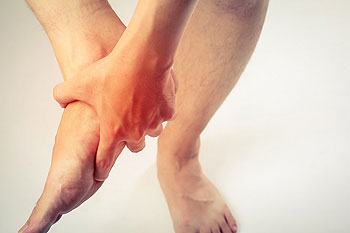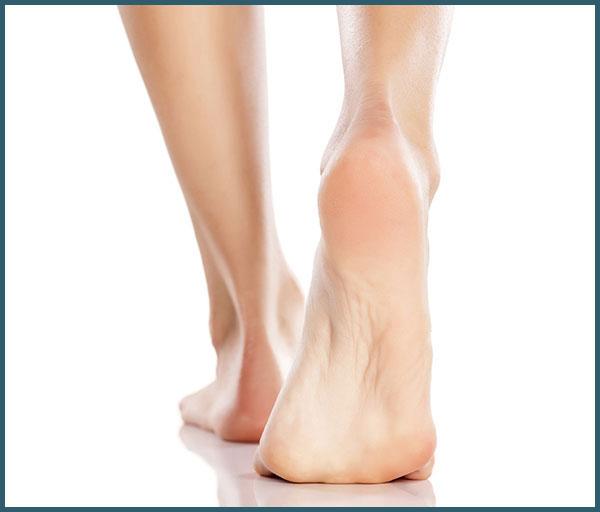
The feet serve as the foundation of the body. When pain is experienced, it’s therefore extremely important to identify early on what and where the issue is. The causes of foot pain vary greatly, including but not limited to diseases, deformities, improper footwear, and injuries pertaining to the foot region.
Those who experience foot pain may also notice redness, swelling, soreness, bruising, or numbness present at the injured area. When these symptoms occur, it’s important to also identify where the pain experienced is located, as there are a number of foot complications that could be at the root of the problem. For example, different foot conditions can affect different areas such as the heel, ball of the foot, foot arch, the toes, or ankles, to name a few.
Common heel pain conditions include heel spurs and heel fractures. Morton’s neuroma is a condition that often comes with pain experienced at the ball of the foot, as well as sesamoiditis. Those suffering from discomfort in their arches may have flat feet or plantar fasciitis. Common issues that affect the toes include gout, bunions, blisters, corns and calluses, as well as hammertoe and ingrown toenail. An ankle sprains is also a common ailment that can lead to foot pain.
Treatment for foot pain varies for each case, depending on both the cause of pain and the location of the affected area. The most common recommendations for easing the discomfort of foot pain include the following: getting plenty of rest, icing and heating the area in which pain is felt, pain relievers, and keeping the foot elevated to avoid swelling.
If you’re experiencing foot pain, we recommend that you meet with a podiatrist as soon as possible for a proper diagnosis and suggested treatment plan.
Are You Suffering from Chronic Foot or Ankle Pain?
Choose Laser Therapy From
Adler Foot and Ankle
Living in pain is not living at all. When your feet hurt, everything hurts.
Everyone’s pain is different. Dr. Laura Adler, DPM, and Dr. Charlton Adler, DPM, of Adler Foot and Ankle will diagnose and treat your unique pain - whether it’s in the heel, arches, ball of your foot and/or toes - getting you back to your daily routine with comfort and ease!
Class IV laser therapy is one of the most safe and effective ways to treat various conditions that cause foot and ankle pain! Laser therapy has a vast amount of benefits including:
- Accelerated cellular reproduction and growth - which is key in repairing the cells of cartilage, bone, tendons, ligaments, and muscle tissue.
- Reduced scar tissue that typically develops from specific injuries. When patients have less scar tissue, the likelihood of chronic pain is also reduced.
- Decreased inflammation and increased blood circulation
ADLER FOOT AND ANKLE

Understanding Laser Therapy for Pain Management
With 26 bones in the foot alone, as well as major ligaments, tendons, joints, and nerves - it’s not surprising that millions of Americans suffer various types of foot and ankle pain.
Class IV laser therapy is used for the relief of pain, to accelerate healing and decrease inflammation.
When the light source is placed against the skin, photons penetrate several centimeters down and are absorbed by the mitochondria (the energy producing part of a cell). This energy results in the restoration of normal cell function.
The main goal of laser therapy is to stimulate the cell to perform its natural functions, but at an enhanced rate.
Laser therapy is a quick and easy treatment allowing patients to relax during the procedure. In contrast to “cold lasers,” which provide no feeling or sensation, high power diode laser therapy provides a warm, soothing feeling.
Some of the most common source of foot pain include:
- Plantar fasciitis - which often creates moderate to severe heel pain
- Tendonitis including
- Achilles tendonitis
- Posterior tendonitis (or PTTD)
- Peroneal tendonitis (tendonitis affecting the midfoot and arch)
- Ankle sprains
- Neuroma (or a pinched nerve)
- Arthritis and inflammation
- Bunions
- Hallux limitus (or a stiff big toe joint)
Any one of these conditions can create chronic (long-term) pain or acute (short-term) pain.
